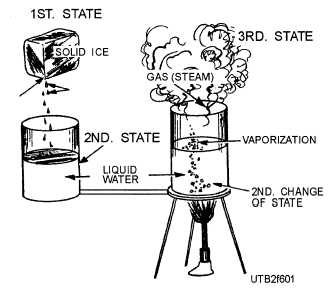
Figure 6-1. - The three states of matter.
effect on substances or bodies. When a body or substance is stated to be cold, the heat that it contains is less concentrated or less intense than the heat in some warmer body or substance used for comparison.
UNITS OF HEAT
In the theory of heat, the speed of the molecules indicates the temperature or intensity of heat, while the number of molecules of a substance indicates the quantity of heat.
The intensity and quantity of heat may be explained in the following simple way. The water in a quart jar and in a 10-gallon container may have the same intensity or temperature, but the quantity of heat required to raise these amounts of water to a higher uniform temperature (from their present uniform temperature) will differ greatly. The 10 gallons of water will absorb a greater amount of heat than the quart jar of water.
The amount of heat added to, or subtracted from, a body can best be measured by the rise or fall in temperature of a known weight of a substance. The standard unit of heat measure is the amount of heat necessary to raise the temperature of 1 pound of water 1F at sea level when the water temperature is between 32F and 212F. Conversely, it is also the amount of heat that must be extracted to lower by 1o F the temperature of a pound of water between the same temperature limits. This unit of heat is called a British thermal unit (Btu). The Btu's equivalent in the metric system is the calorie, which is the amount of heat required to raise one gram of water 1o Celsius.
Suppose that the temperature of 2 pounds of water was raised from 35F to 165F. To find the number of Btu required to increase the temperature, subtract 35 from 165. This equals a 130&F temperature rise for 1 pound of water. Since 2 pounds of water were heated, multiply 130 by 2, which equals 260 Btu required to raise 2 pounds of water from 35F to 165F.
MEASUREMENT OF HEAT
The usual means of measuring temperature is a thermometer. It measures the degree or intensity of heat and usually consists of a glass tube with a bulb at the lower portion of the tube that contains mercury, colored alcohol, or a volatile liquid. The nature of these liquids causes them to rise or fall uniformly in the hollow tube with each degree in temperature change. Thermometers are used to calibrate the controls of refrigeration. The two most common thermometer scales are the Fahrenheit and the Celsius.
On the Fahrenheit scale, there is a difference of 180F between freezing (32) and the boiling point (212) of water. On the Celsius scale, you have only 100 difference between the same points (0 freezing and 100 boiling point).
Of course, a Celsius reading can be converted to a Fahrenheit reading, or vice versa. This can be expressed in terms of the following formula:
F = (C x 1.8) + 32
To change Fahrenheit to a Celsius reading, the terms of the formula are as follows:
C = (F-32) 1.8
TRANSFER OF HEAT
Heat flows from a substance of higher temperature to bodies of lower temperature in the same manner that water flows down a hill, and like water, it can be raised again to a higher level so that it may repeat its cycle.
When two substances of different temperatures are brought in contact with each other, the heat will immediately flow from the warmer substance to the colder substance. The greater the difference in temperature between the two substances, the faster the heat flow. As the temperature of the substances tends to equalize, the flow of heat slows and stops completely when the temperatures are equalized. This 6-2
Continue Reading